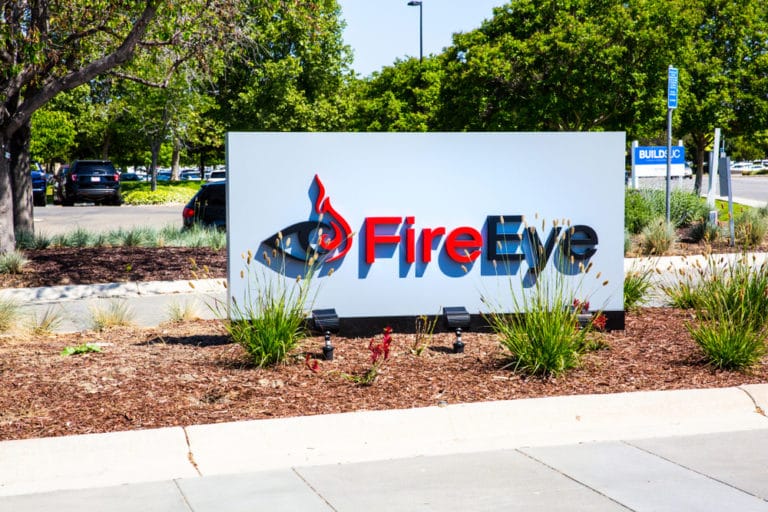FireEye ceases to exist. In its current form, that is. The company is selling its FireEye product portfolio and its name to a consortium led by Symphony Technology Group. It will continue with only the services from its Mandiant division. The sale is an all-cash transaction of $1.2 billion.
The acquisition/sale means that all of FireEye’s network email, endpoint and cloud security products will be sold. The management platform that goes with it is also in the deal. The current FireEye will continue as Mandiant, so the FireEye name will continue under a new owner. The reason for the sale given by Kevin Mandia, the CEO of FireEye, is that it allows both parts to continue to grow. Apparently the two were in each other’s way within FireEye.
Services over products
The sale is a clear signal from today’s FireEye (the new Mandiant). Services are more important to the company than products. The Mandiant unit is best known for its consulting activities. After the FireEye products have been disposed of, the company can fully focus on them. This can be done through the existing Mandiant Advantage platform. According to the press release Mandiant Solutions is already a market leader in the field of threat intelligence and more generally cybersecurity expertise for companies. So it wants to expand that position even further.
This while the FireEye portfolio really does not have a bad position in the market. The XDR platform under this name, for example, can count half of the Fortune 2000 among its customers. FireEye is also well-known for its Multi-Vector Execution engine for network security, among other things. On top of the products, FireEye also has an orchestration and management layer.
Acquired company becomes dominant
Today’s news is striking in itself because a company is not only selling a business unit, but also its business name. However, there is something else that stands out. The current CEO, Kevin Mandia, joined FireEye through an acquisition of his company, Mandiant, in 2014. At the time, that company was smaller than FireEye, which went public in 2013. Now it’s effectively pushing out the buyout from back then. We don’t see that happen very often.
The two parties will, of course, continue to operate together under the FireEye brand until the end of the year. It is expected that the acquisition will be completed by then. Until then, customers of both parts of the company do not have to worry about anything, is the message FireEye wishes to convey. Even after that, though, the ties between the two parties will remain close, they say in the press release. Agreements will be drawn up to maximize the benefits for customers of both parties. These include agreements in the area of resellers and cooperation in the market, but also an agreement to properly handle any transitions at customers.
The Symphony Technology Group, by the way, is no stranger when it comes to acquiring security parts of companies. Previously, it bought the enterprise-security business of McAfee, for example. The FireEye products will become a standalone part of the Symphony Technology Group portfolio.
